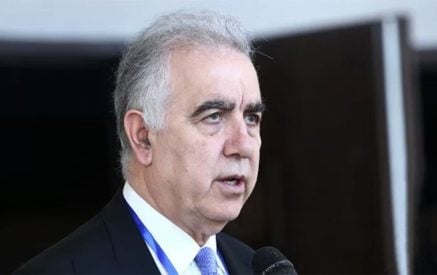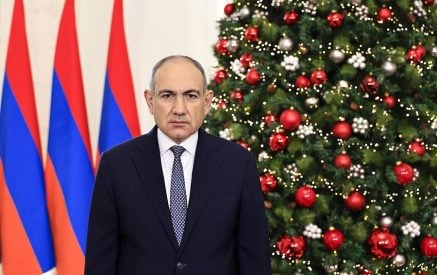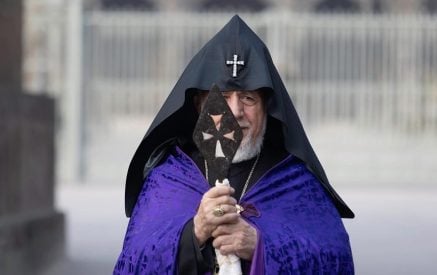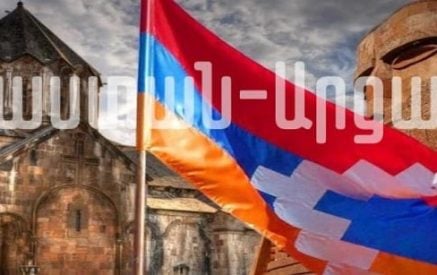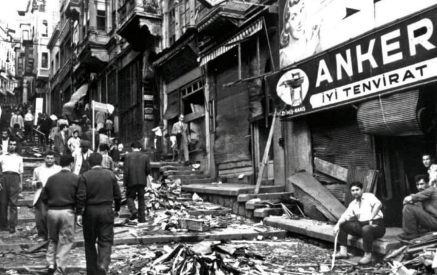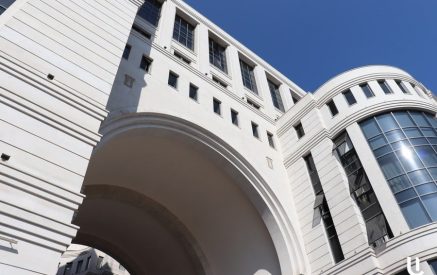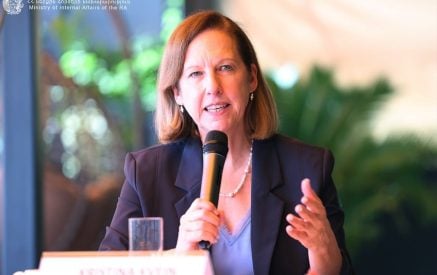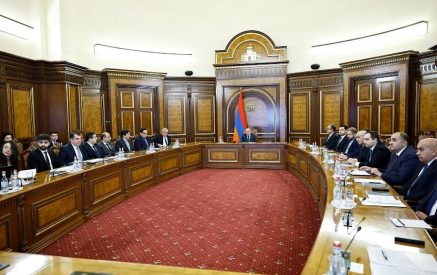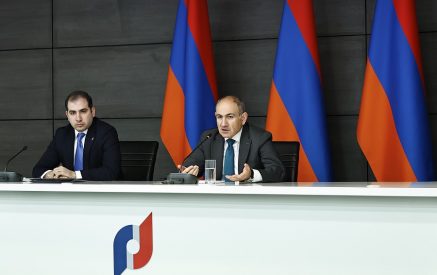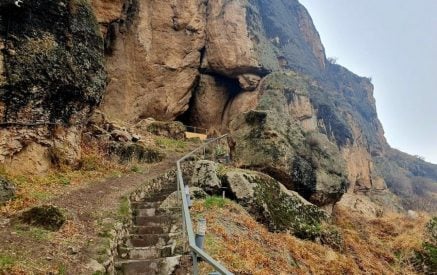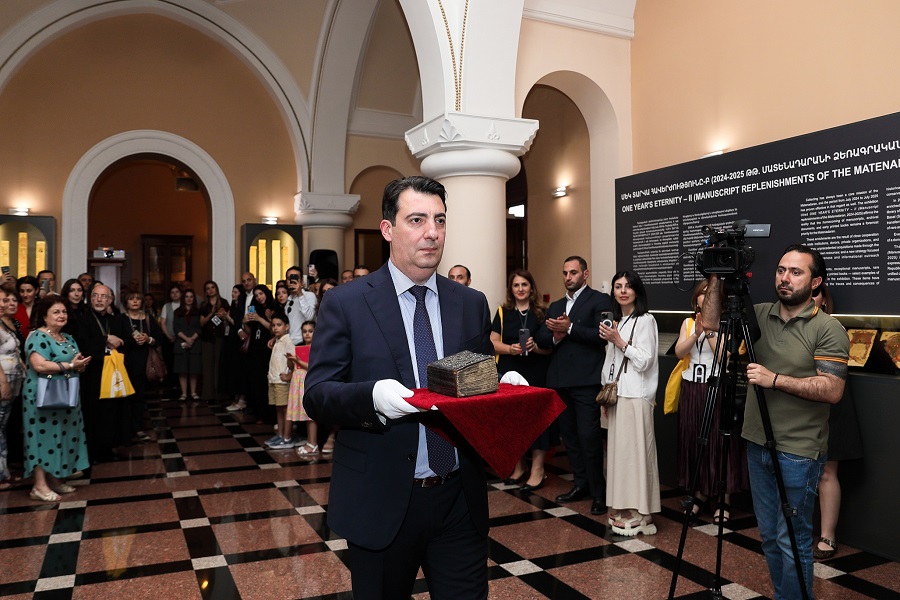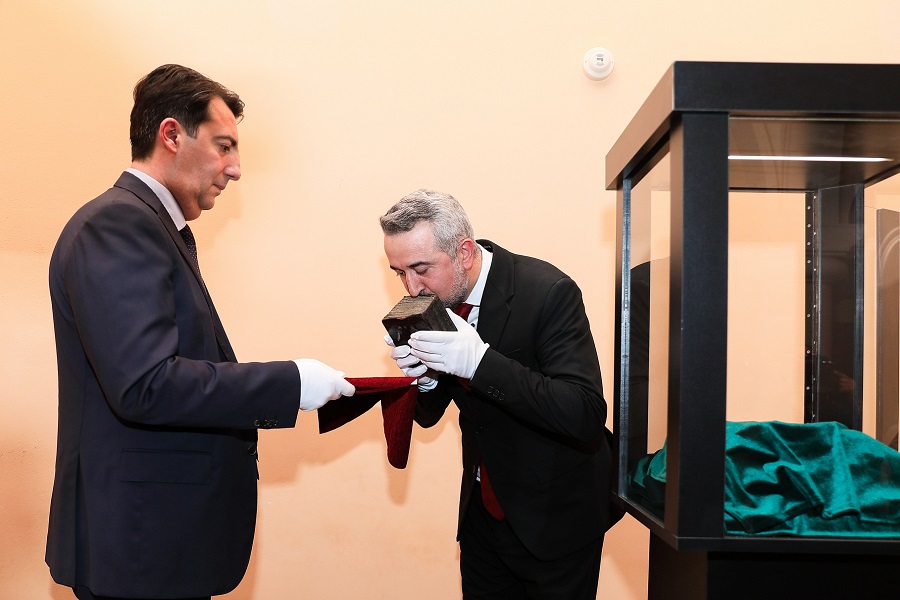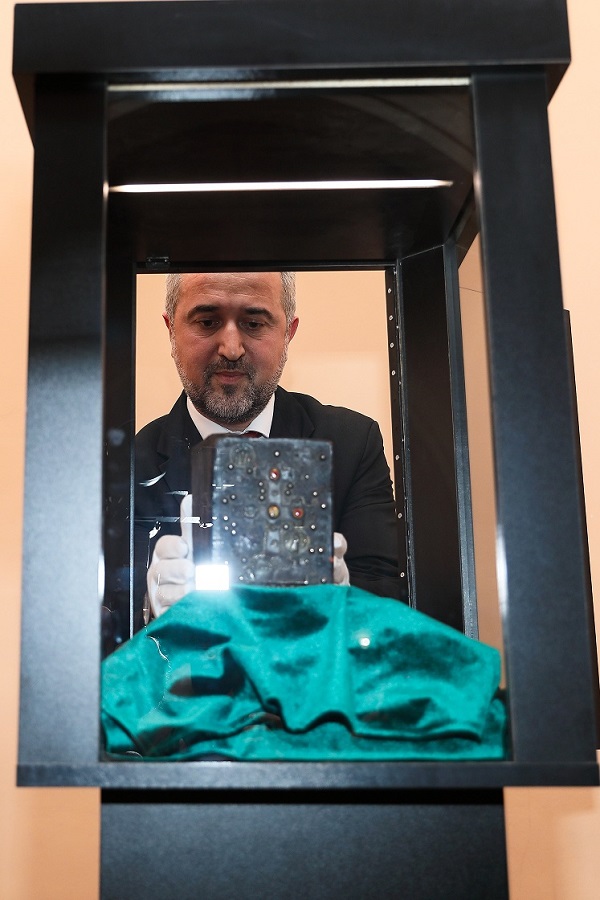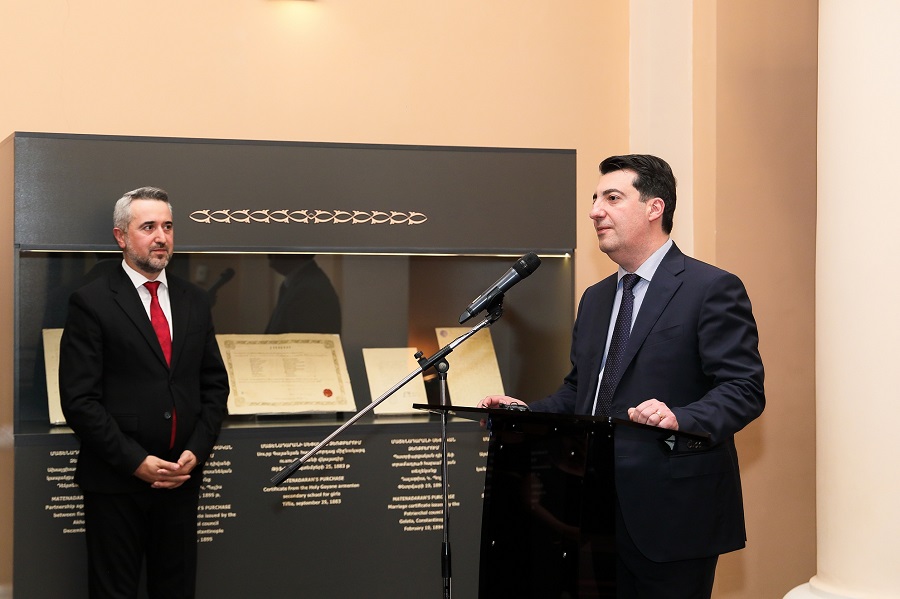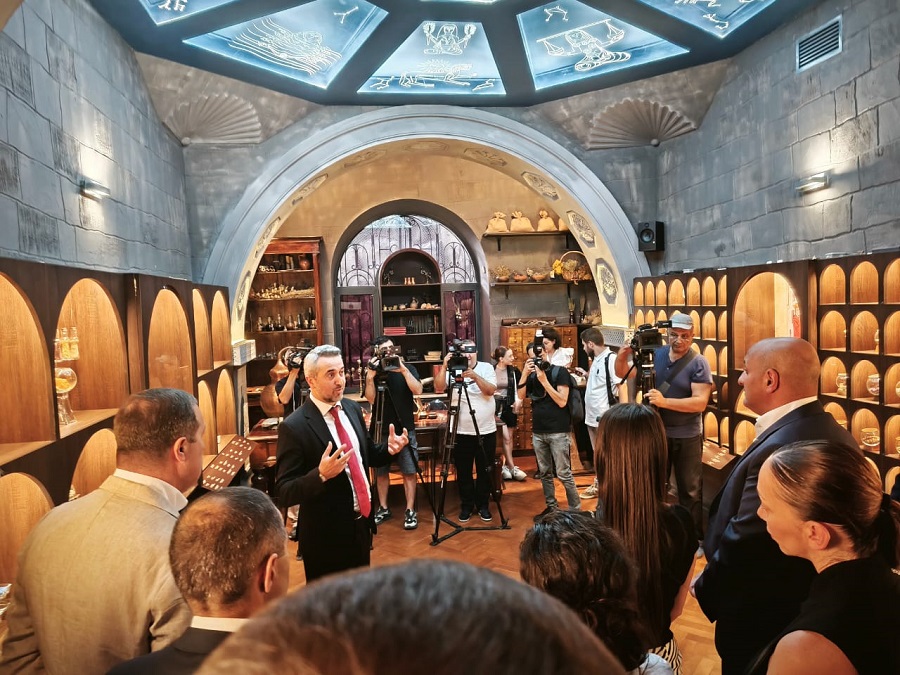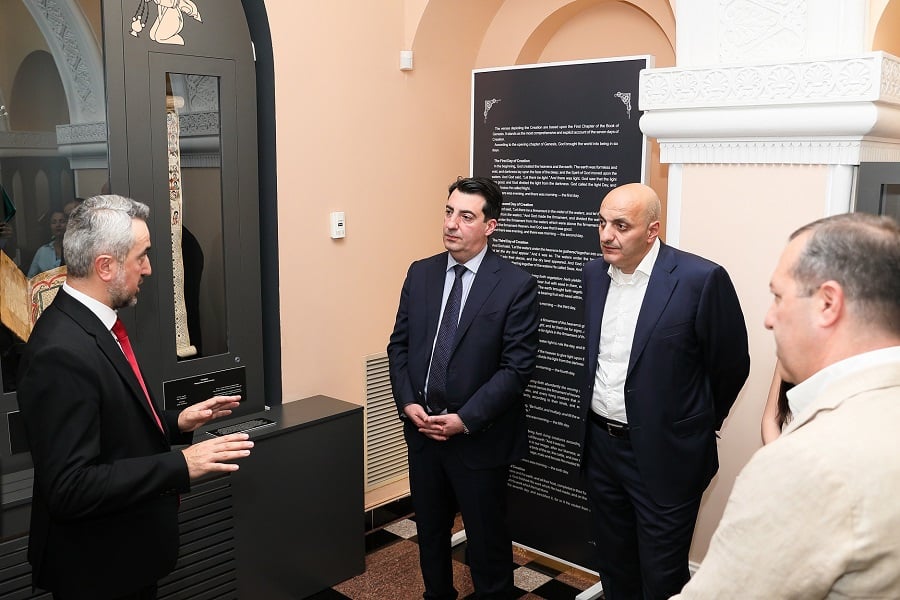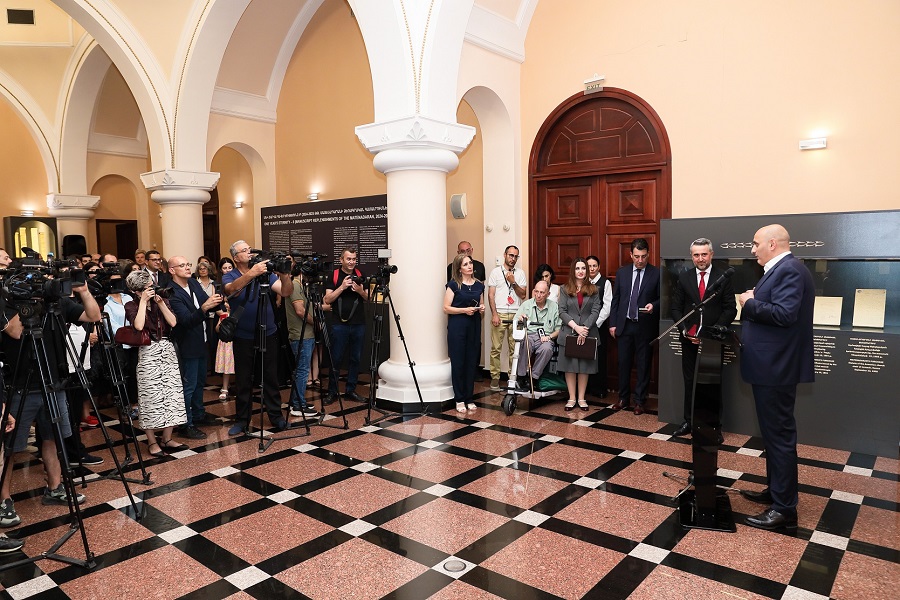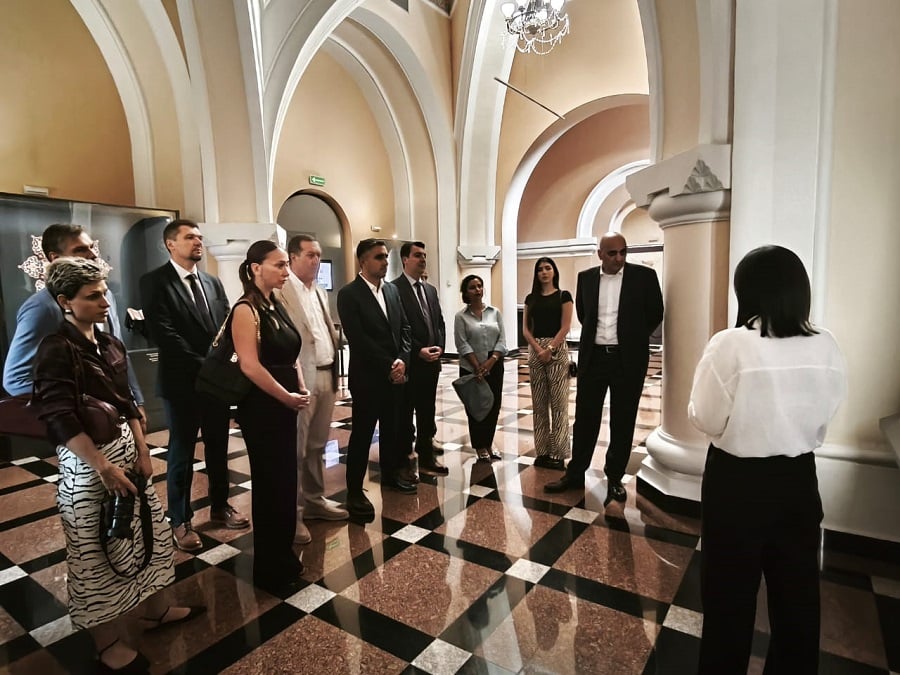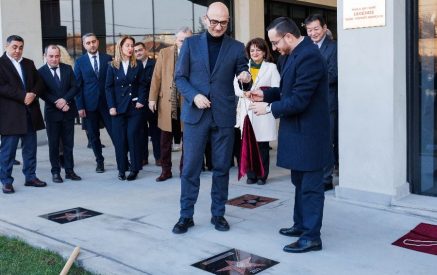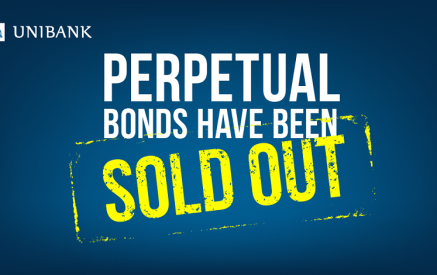From Basen province to Yerevan – after 355 years
A parchment Gospel penned by elder priest Parsam long believed to be lost during the Armenian Genocide has found its way to Matenadaran after 355 years. The manuscript was seen at the beginning of the 20th century and was documented by renowned ethnographer, folklorist, writer, and philologist Yervand Lalayan in his catalog of Vaspurakan manuscripts. His list includes 480 manuscripts. More than half of them, 281 manuscripts, are housed in Matenadaran, while the remaining 199 are still considered lost. With this latest addition, that number has now been reduced by one.
The unique parchment Gospel, first described in 1670 in the Basen province and considered lost during the Armenian Genocide, is now at Matenadaran. Viva donated AMD 15 200 000 to partially fund the acquisition of the manuscript and ensure its transfer to Matenadaran. The formal presentation took place during the International Armenological Congress, at the opening of the exhibition titled “1 Year’s Eternity-II: manuscript Manuscript Replenishments of the Matenadaran”. The ceremony was attended by renowned Armenologists as well as representatives from spiritual and manuscript centers, museum directors, scientists, cultural figures, and representatives from partner organizations from more than forty leading scientific and educational institutions.
Read also
“The number of Matenadaran partners has been replenished with another leading organization. With the support of Viva Armenia, a Gospel written before the Armenian Genocide, once thought lost, has returned home: it was nicknamed “The Savior”. From now on, we may also call Viva Armenia with the same title, as it was with its support that this manuscript has been rescued from oblivion and found its eternal home in the manuscript treasury of the Matenadaran,” said Ara Khzmalyan, Director of the Matenadaran.
“When I visited Matenadaran, the director told me about the efforts they made to bring relics back to their historic homeland. I also had the chance to see firsthand what the museum staff are working on and how they do it. I was especially moved by the story of the lost Gospel, created over 355 years ago. We’re used to talking about strategies, technologies, and numbers. However, some things go beyond the boundaries of everyday concerns. What the people at Matenadaran do isn’t just scientific work – it’s an act of love for Armenia’s culture and historical heritage. Watching them in the laboratories, restoring the pages of our memory, is extremely impressive. That is why at Viva we supported this initiative with great responsibility. We are happy and grateful to have contributed to the return of the Gospel, a piece of our spiritual and historical DNA,” noted Tigran Gasparyan, Chairman of the Board of Directors of Viva.
“It is a great honor for me to participate in this memorable event. At the same time, I take pride in representing Viva, an organization that has been fostering a culture of responsibility in Armenia for 20 years. There’s a Chinese proverb that perfectly describes what I feel today: “Forgetting your ancestors is like being a stream without a source, a tree without roots”. It may not sound sentimental to say that, although I do not speak Armenian fluently due to circumstances, this has never stopped me from staying true to our identity in every way. That feeling was even stronger today during the presentation of the exclusive parchment Gospel, an exceptionally valuable manuscript, written more than three centuries ago, considered lost during the years of the Armenian Genocide, but now returned to a place of great significance for all Armenians. I congratulate all of us,” said Armen Avetisian, Viva’s General Director.
The Gospel features a dark brown embossed leather cover, with flaps adorned by carvings, medallions, and a metal cross. The manuscript is written in a ‘boloragir’, is complete, and contains the Gospels of the four evangelists: Matthew, Mark, Luke, and John.
The manuscript is also valuable for its miniature decorations. These include distinctive elements specific to the Gospels, such as images and nameplates of the evangelists, illuminated manuscripts, and detailed miniatures, which stand out for their pure, vibrant colors and the cohesive integrity of their composition.
















